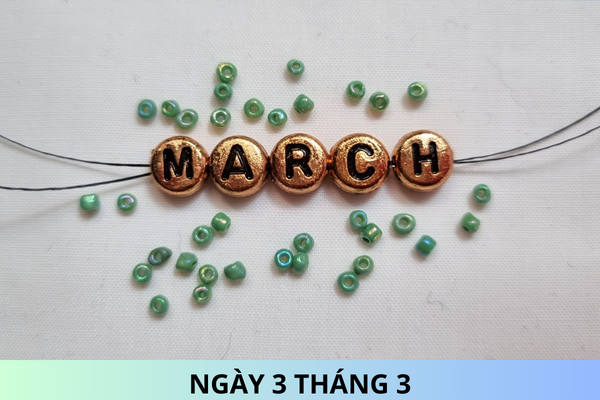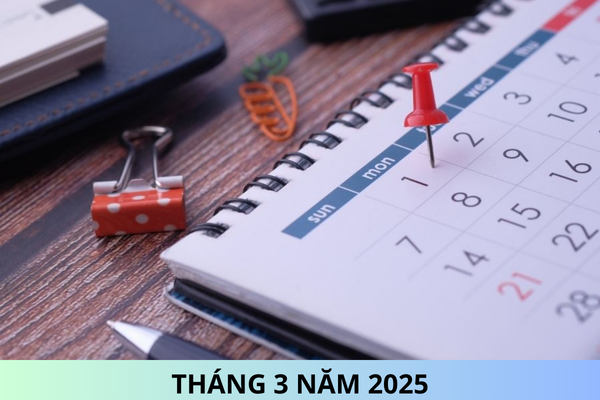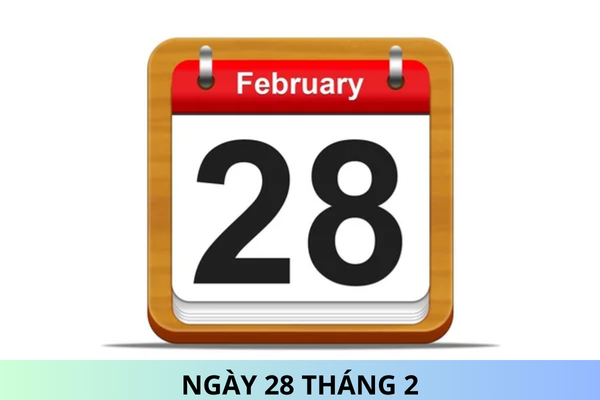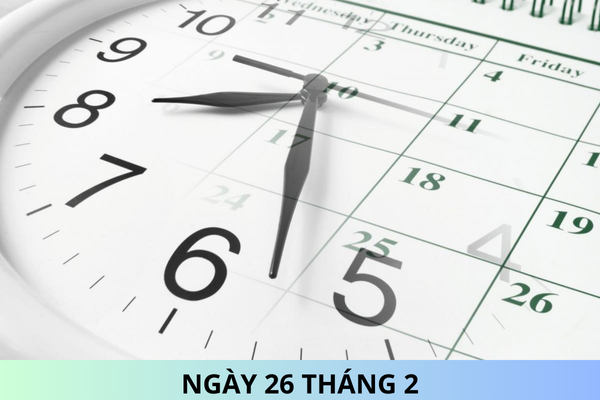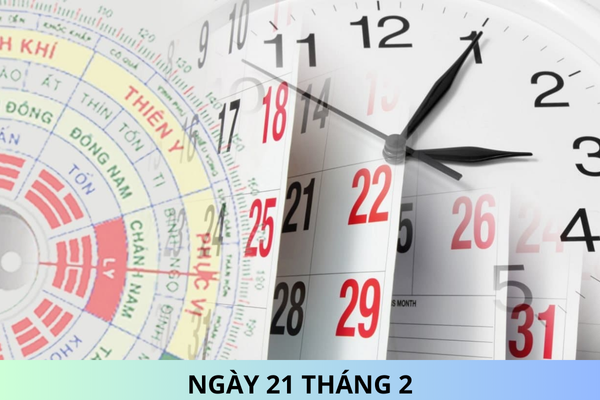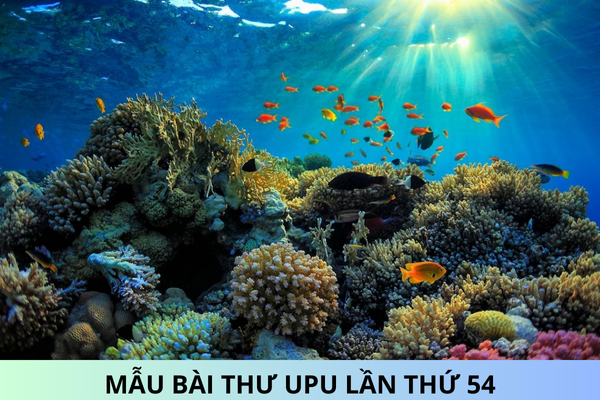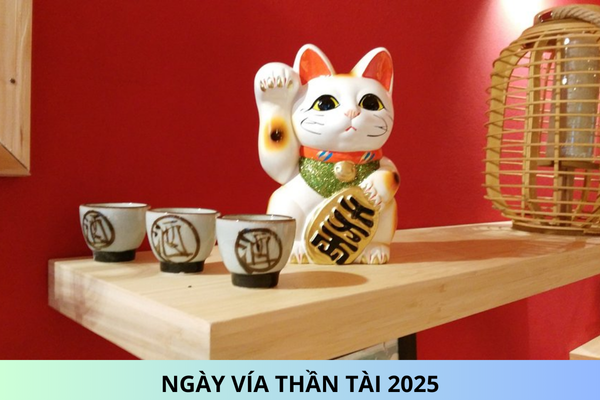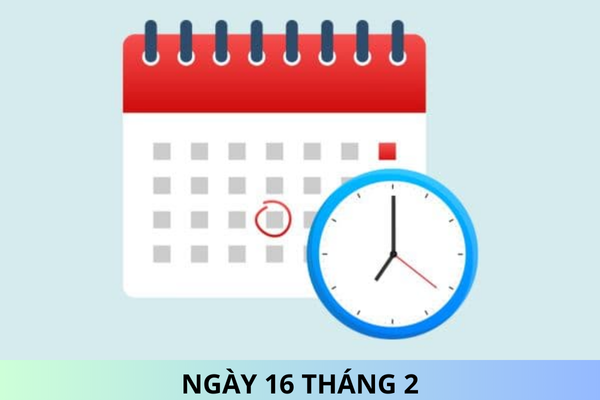Regarding underwater mine clearance operations in Vietnam, what are regulations on the inspection and handling of signals up to a depth of 1 meter?
Regarding underwater mine clearance operations in Vietnam, what are regulations on the inspection and handling of signals up to a depth of 1 meter?
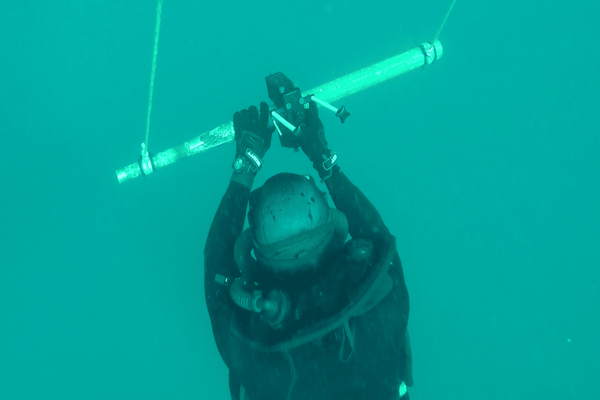
Regarding underwater mine clearance operations in Vietnam, what are regulations on the inspection and handling of signals up to a depth of 1 meter? - image from internet
According to Article 49 of the Technical Procedures for Investigation, Survey, and Demolition of Explosive Mines issued together with Circular 121/2021/TT-BQP (Effective from 05/11/2021), the inspection and handling of signals up to a depth of 1 meter are regulated as follows:
1. Applicable cases: Signals located at a depth of up to 1 meter from the seabed surface, with water depth up to 50 meters.
2. Equipment: Underwater mine detectors, synchronized diving equipment and diving bells, high-pressure sand and mud excavation equipment, vessels with a capacity of up to 650 horsepower equipped with self-propelled winches, rubber boats with propulsion, buoys, anchors, various types of nylon cables, ropes, shovels, frame structures, and safety equipment for installation, disassembly of frame structures, and other safety equipment.
3. Procedures:
a) Using a diving bell with underwater mine detection equipment and handheld tools, dive to the marked center position of the signal, and the diver checks and accurately determines the position and depth of the signal.
In the case of signals located on the seabed surface, inspect and identify the signal.
In the case of signals at a depth of up to 0.5 meters, use tools to search until the entire object causing the signal is exposed.
In the case of signals at a depth of up to 1 meter, use sand and mud excavation equipment or high-pressure water jets combined with handheld tools to search until the entire object causing the signal is exposed.
b) In areas with complex geological conditions (such as flowing sand, liquid mud, or significant depth), a pre-fabricated frame structure must be installed around the center position of the signal. Divers use high-pressure water jets or large-capacity sand and mud suction devices to gradually excavate and lower the frame structure until the entire object causing the signal is exposed.
c) Inspect and identify the object causing the signal. If it is not an explosive mine, retrieve and collect it at the designated location. If it is an explosive mine that can be safely handled on-site, handle it and collect it at the designated location. If the signal is an unsafe explosive mine for collection, transportation, or an unidentified explosive, mark it for destruction at the end of the working day (for large bombs, a separate disposal plan is required).
d) After handling the signal, use a detection device to re-check the surroundings and the area below the handled signal to ensure that no signal remains. If there are still signals, follow the regulations at points a, b, and c of this provision for further handling.
4. In cases where the inspection, excavation, and handling of signals are at a water depth ranging from 50 to 150 meters, based on the actual situation, the investor shall lead the coordination with the consulting and implementing units to develop a technical construction plan and estimate, which shall be submitted to the competent authority for approval.
Best regards!
